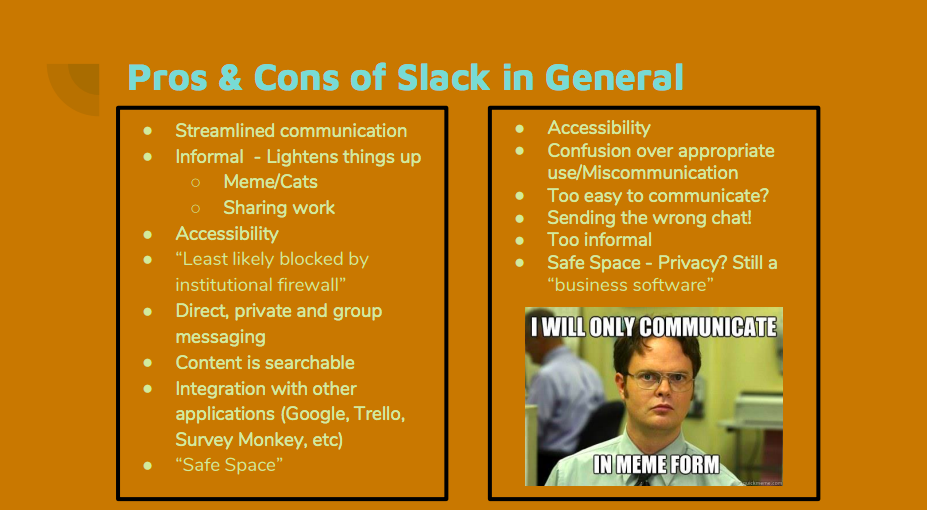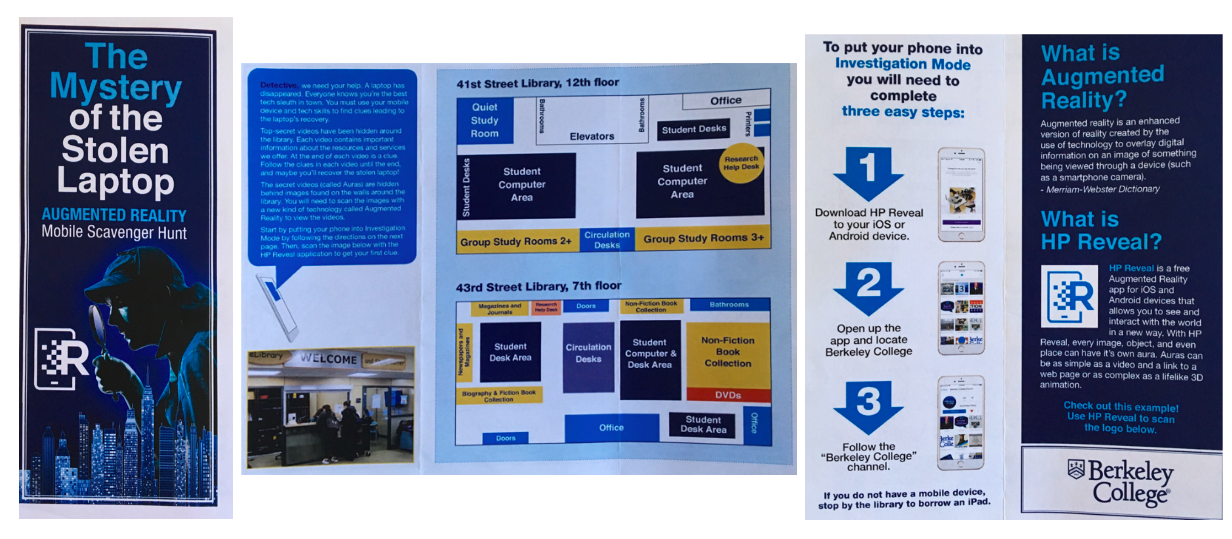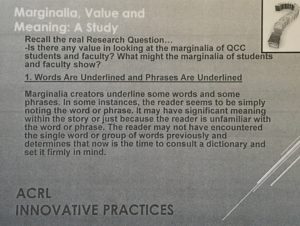Newman Library Observation
The Baruch College Newman Library is a prestigious building located off of third avenue and 25th street, near the Flatiron and Gramercy Park district of Manhattan. Their website advertises the school as being, “in the heart of one of the world’s most dynamic financial and cultural centers.” The variety of patrons that come in to the library represent that extremely well.
The largest portion of students that attend the school are business and finance majors, so most of the books are textbooks cater towards this, though there are other types of books available as well. The Newman library is one of the busier CUNY school libraries, as not just the Baruch students- but alumni, staff, and other CUNY students utilize it as well. Its location is also very conveniently near where most of Baruch classes are held.
Working there for over a month now, I have been exposed to the majority of what the library and staff deal with on a daily basis. I’ve met the regulars, given the fines, mastered the Library of Congress Classification system, and worked both the rushes and slow periods.
Layout
Entering and navigating the Newman library can be a challenge in the beginning, though most students are very familiar with the floor plan after their first year. Walking into the building, you can either enter through card-access only turnstiles on the first floor or upstairs on the second and main floor. Here you have the circulation desk, reference department, reading room, laptop loan kiosk, computers, scanners, printers, periodicals, and reserve sections of the library. You can then use the elevator or stairs to access the third, fourth, and fifth floors. These are where the general stacks books are located. Call numbers are broken up by A-E on third, F-N on fourth, and P-Z on the fifth floor.
The laptop desk is located on the third floor, and this is where laptops and chargers are rented out to Baruch students. The sixth floor is the technology department and computer lab that is open to Baruch students only. This is also where the Bursar and financial aid offices are located. The only way to access the sixth floor is through the elevators located on the first floor. The first floor has the security office, student eating area with vending machines, and lockers. This makes giving directions a bit more difficult for staff, especially to newer patrons.

Technology Rentals
The Newman library circulation desk is the center for the majority of the rentals available for students. Here Baruch students may check out cameras, tripods, recorders, microphones, three types of headphones, five types of calculators, DVDs and players, hdmi cables, and presentation remotes. Each type of equipment has its own rules and check out procedures.
The calculator options are graphing, financial standard or professional, basic, and scientific. There are semester long, two week, three day, and daily loans offered. Students check these out on a first come, first serve basis, which is why priority is given to current Baruch students, though the library has quite an impressive stock. Students may also rent Mac and PC laptops, though this is not done at the circulation desk. The majority of interactions with patrons at the circulation desk are for technology loans.
Rentals and Reserves
Reserve textbooks and DVDs are found on the shelves behind the circulation desk and must be requested by the patron to check out. They are organized by the course code that placed the material on reserve and alphabetically by the professor’s name within the course section. Patrons must know at least the title of the reserve book they want, and ideally the course number as well. If no course code is found, staff must search the Baruch catalogue.
Most materials are given for either multiple weeks, daily, and three hour periods. Reserve materials are only loaned for three-hours at a time, and most students keep them inside the library because of this. Other books are given to students for four weeks and are allowed to be renewed a maximum of three times- unless requested by another student. Faculty and staff may reserve for more extended time periods and are not as strictly held to renewal limits. Professors may rent books and DVDs but not technology or room keys. All returns, excluding tech rentals, may be given to staff at the circulation desk or dropped in the book drop. The patron must physically hand in technology rentals to a staff member.
Interlibrary loans (ILL) and the CUNY Book Delivery service (CLICS) are available here as well. ILL books are sent from any local library and delivered and processed separately from all other books. They have their own check out/in program, separate from Aleph. Students may also request books from any CUNY library and have them sent here, as well as return the books at any CUNY library. This is the CLICS service. These books are treated the same as the Baruch stacks books, except placed in a different location when returned or requested daily. All CLICS and ILL books are located behind the circulation desk on the shelves beside the reserve materials.
Late Fees
There are strict late fees that automatically occur when patrons return items late, and the size of the fee depends of the item in question. Calculators are the lowest charge, being $5 a day. This is done to ensure that the library stock does not run out, students are much more likely to return items on time when the fines are so high. The library does have a cap on student fines, so that the bills are not posted to the bursar office until they reach $25 or over. This helps make sure the bursar office does not get bogged down with paperwork and that students are not forced to pay for lower fines or being late for the first few times. The more in demand items have larger fees, so laptops and cameras are much higher. The items that are shorter rental periods like reserve textbooks and room keys have hefty fines as well, these are more frequently check out and needed by most students.
Study, Presentation, Interview, and Carrel Rooms
There are a variety of rooms that students have access to. There is an online reservation system on the Newman library website where students sign up for time slots in advance. There are small group study rooms and large group study rooms as well as graduate only rooms available for reservation on the site. The sixth floor also has a section for room reservations, though these are not locked and students may use them as they please. These time slots fill up fast, though staff is allowed to book rooms for patrons if there is open availability, a rare commodity. Students who book rooms must come to the circulation desk to check in and rent the keys. The study rooms can be booked for a maximum of two hours or a minimum of thirty minutes.
Presentation rooms are for small groups of people who need a projector and these rooms are not reservable, but loaned out first come first serve. This is the same for interview rooms, but these are small one-person rooms where students can practice for interviews as well as use for remote/Skype interviews. These two rooms can only be used and loaned out for one hour, with one renewal if no one is put on a waiting list. The carrel rooms are larger rooms with cubby sections for quiet study. There are separate graduate and undergraduate carrel rooms, and each room has multiple keys for each cubby section. These keys are daily loans and students may have them until the circulation desk closes.
Patron Catering
As stated earlier, the Newman library is primarily a space for the students, an incredibly wide array of amenities are offered to the Baruch undergraduate and graduate students, as well as certain loans reserved for Alumni and other CUNY students. All the technology, book, and room reservation rental services are available to Baruch students, as they are the first priority patrons. The goal is to make sure that the students are given access to everything they need to succeed in class. Students can use the space for studying, practicing presentations, homework, student group meetings, and even preparing for job applications and interviews.
The library circulation desk is open from 9am until 10 on Monday through Friday, as well as 10am to 8pm on weekends, while the main library is open from 7am-midnight everyday. During finals season the library is open continuously from 7 am on December 10 through 11:59 pm on December 21. This 24-hour policy only applies to Baruch students between midnight and 7 am, other patrons must wait until 7am to enter. This is done to ensure that Baruch students have priority to all books and study rooms, as well as to more easily allow patrons to enter using their Baruch id cards to gain access to the building after normal hours are over.
Conclusion
Overall the Newman library has a plethora of resources available to students and is a great space for students and faculty to work. The library has become much more than a place to rent books, and the way they have integrated technology, spaces to work, and book renting together is both successful and innovative. The resources offered here are very generous and surprisingly well stocked. This library has become an integral place for most Baruch students, providing them with more than enough to get through graduation and even after, as the alumni continue to utilize the services here.
By: Brianna Martin


